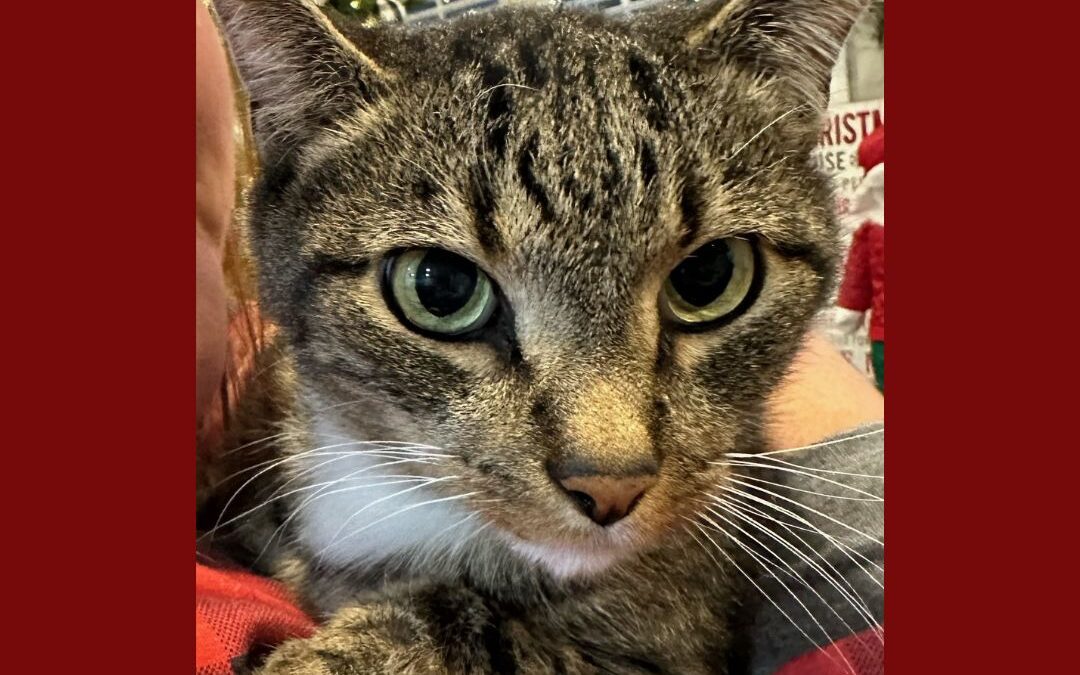Dog, a 10 year old kitty, was in a strange situation.
2-3 weeks before I talked to the owner, a child (from another family) apparently jumped on him and broke his shin bone.
The fracture was initially managed with a splint, which Dog wouldn’t keep on.
So surgery was required… on a 2-3 week old fracture…
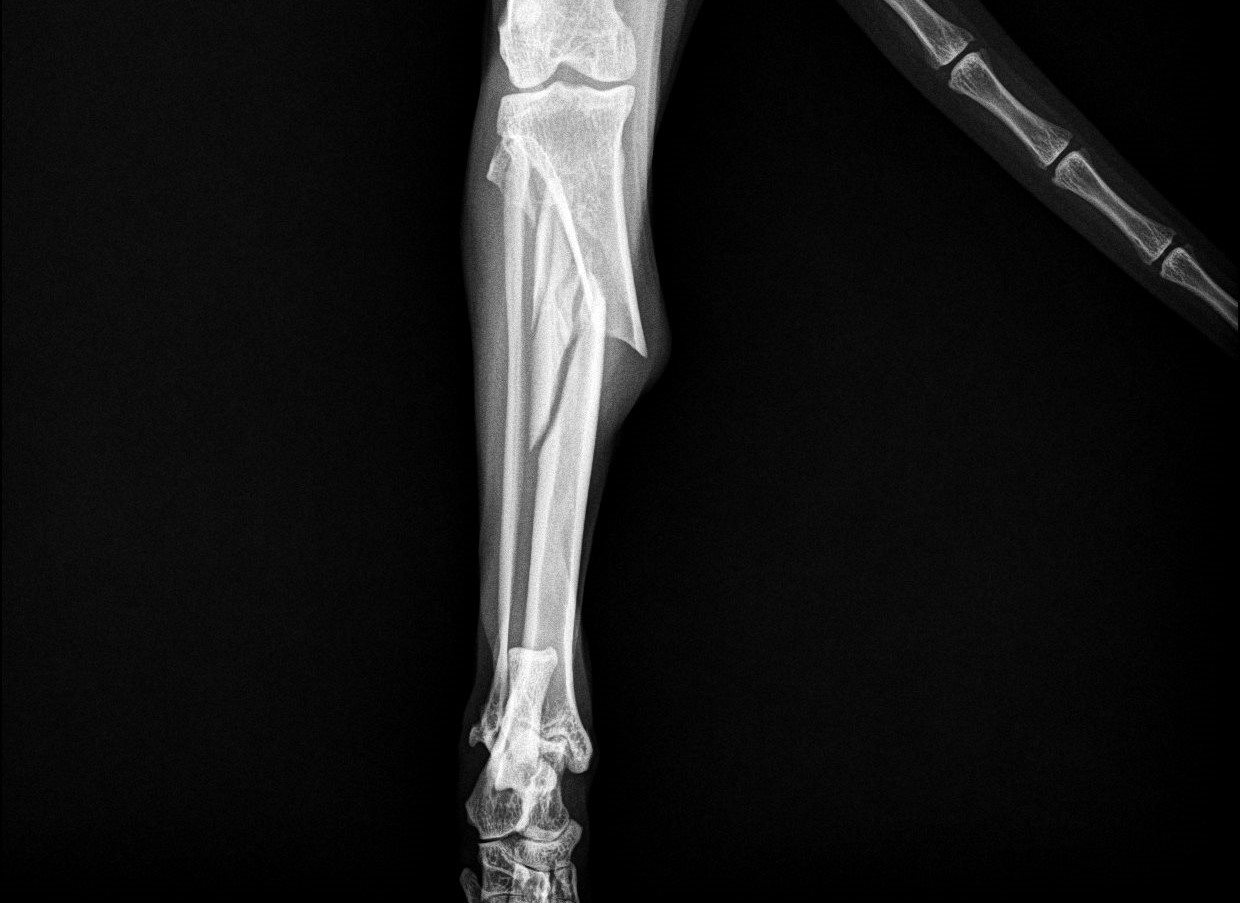

I often prefer to use a splint postop, especially in patients with severe fractures, or when the repair is not the strongest, or when the patient is not the quietest.
But cats are sometimes even trickier than dogs when it comes to splints. So was not an option in this kitty, and we had to entirely trust the repair to have a successful outcome.
Another possible complicating factor was that Dog was on life-long steroids (cortisone) to help with an intestinal condition (either IBD, similar to IBS in people… or intestinal cancer).
There was a theoretical higher risk of slower healing of the bone.
So either we needed a very strong surgery, or we had to take the easier route (at least technically, not emotionally) and perform an amputation.
That last option was rejected by Dog’s owner, so we took him to surgery to repair the fracture.
During surgery, a metal pin (or rod) was placed from the top to the bottom of the shin bone.
Pieces of the shattered bone were held in place with 2 metal wires (think of them as twisty ties on your bread).
Then a stainless-steel plate was placed on the entire bone, along with 10 screws.
Then a bone graft was added to speed up healing.
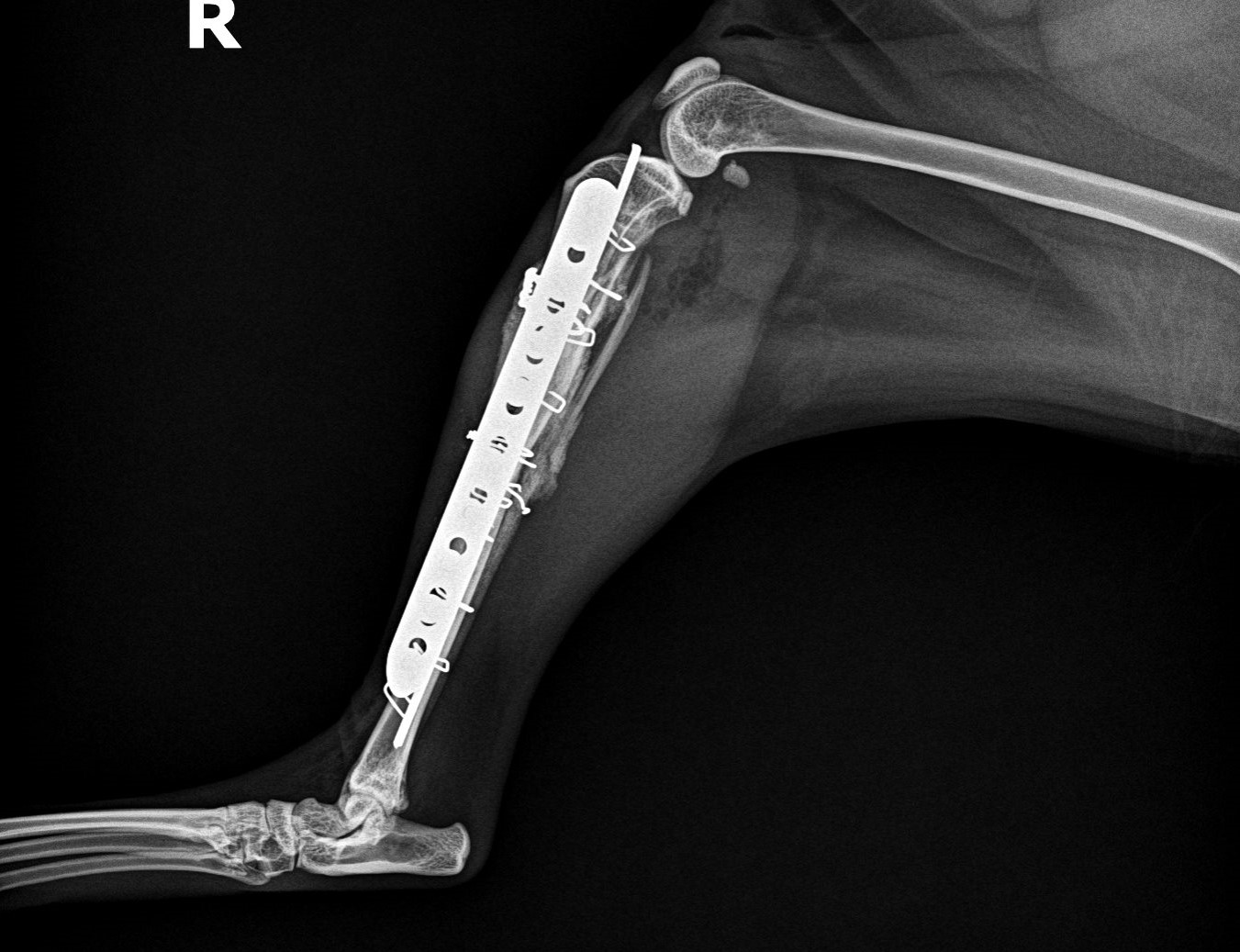
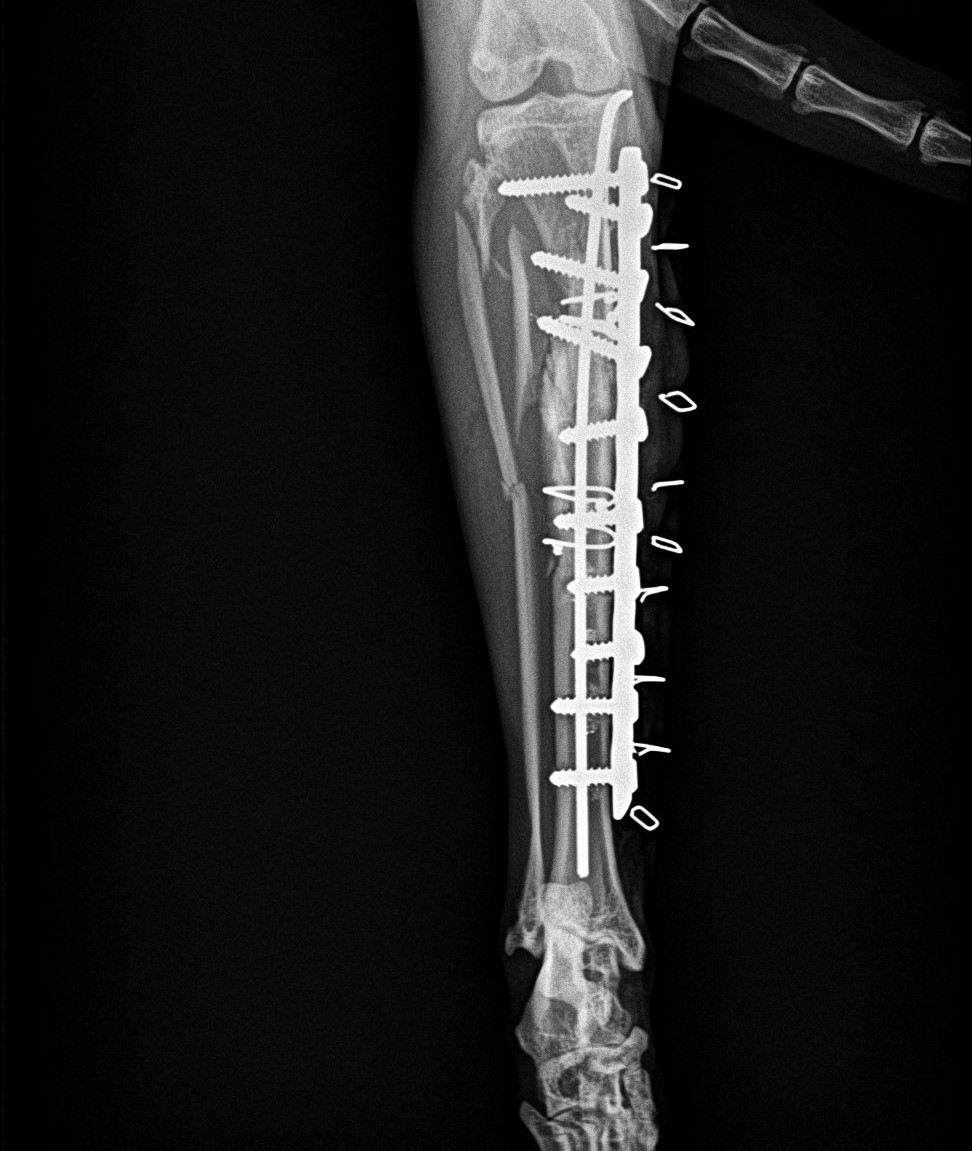
Dog recovered smoothly from anesthesia and surgery, and went home the next day.
1 month later, follow-up X-rays looked good. Dog was about 85-90% back to normal on the surgery leg.
2 months later, X-rays looked even better. Our kitty was about 95-100% back to normal!
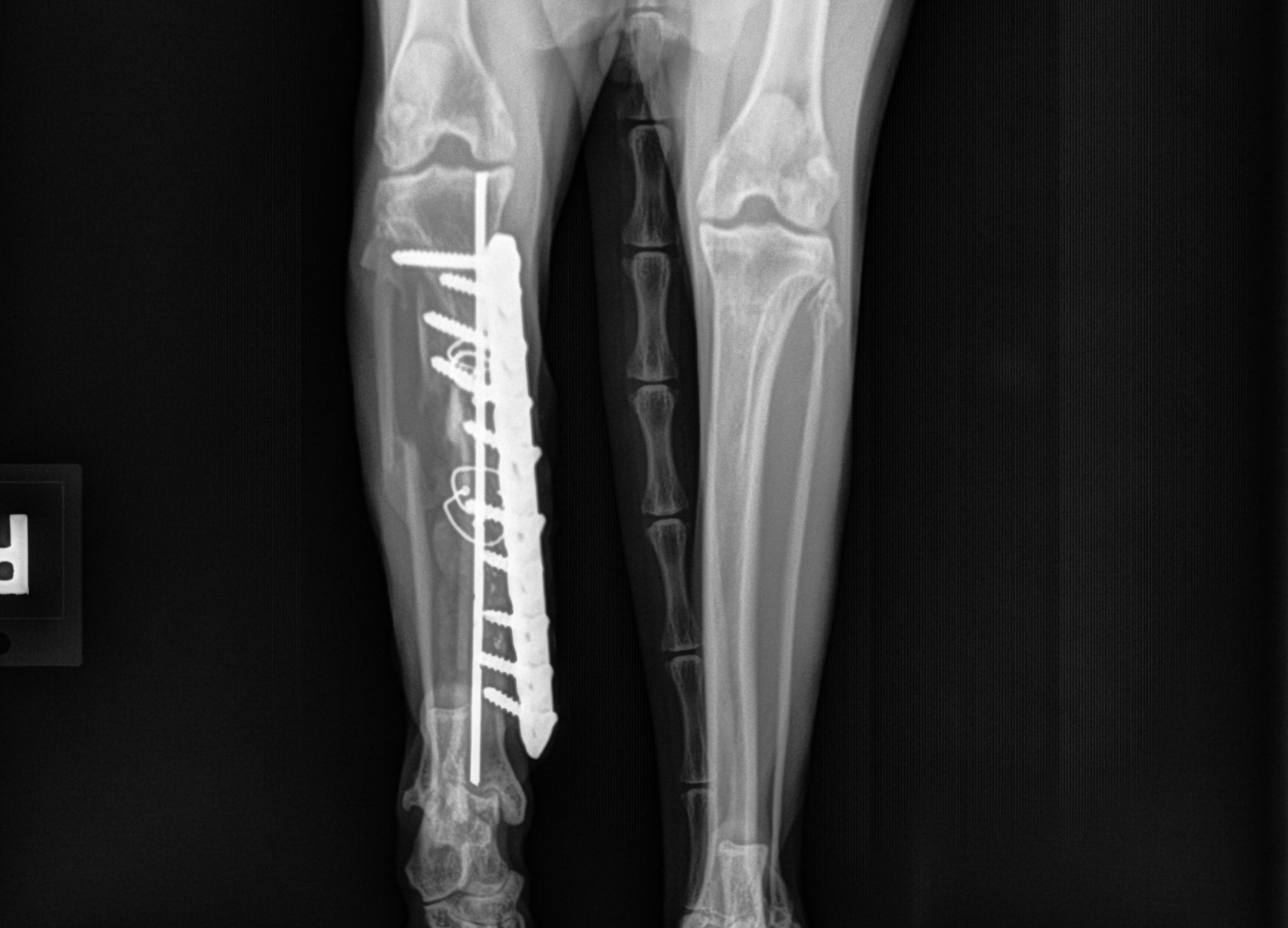

It was time to start rehab to get him from very strict confinement, to normal life.
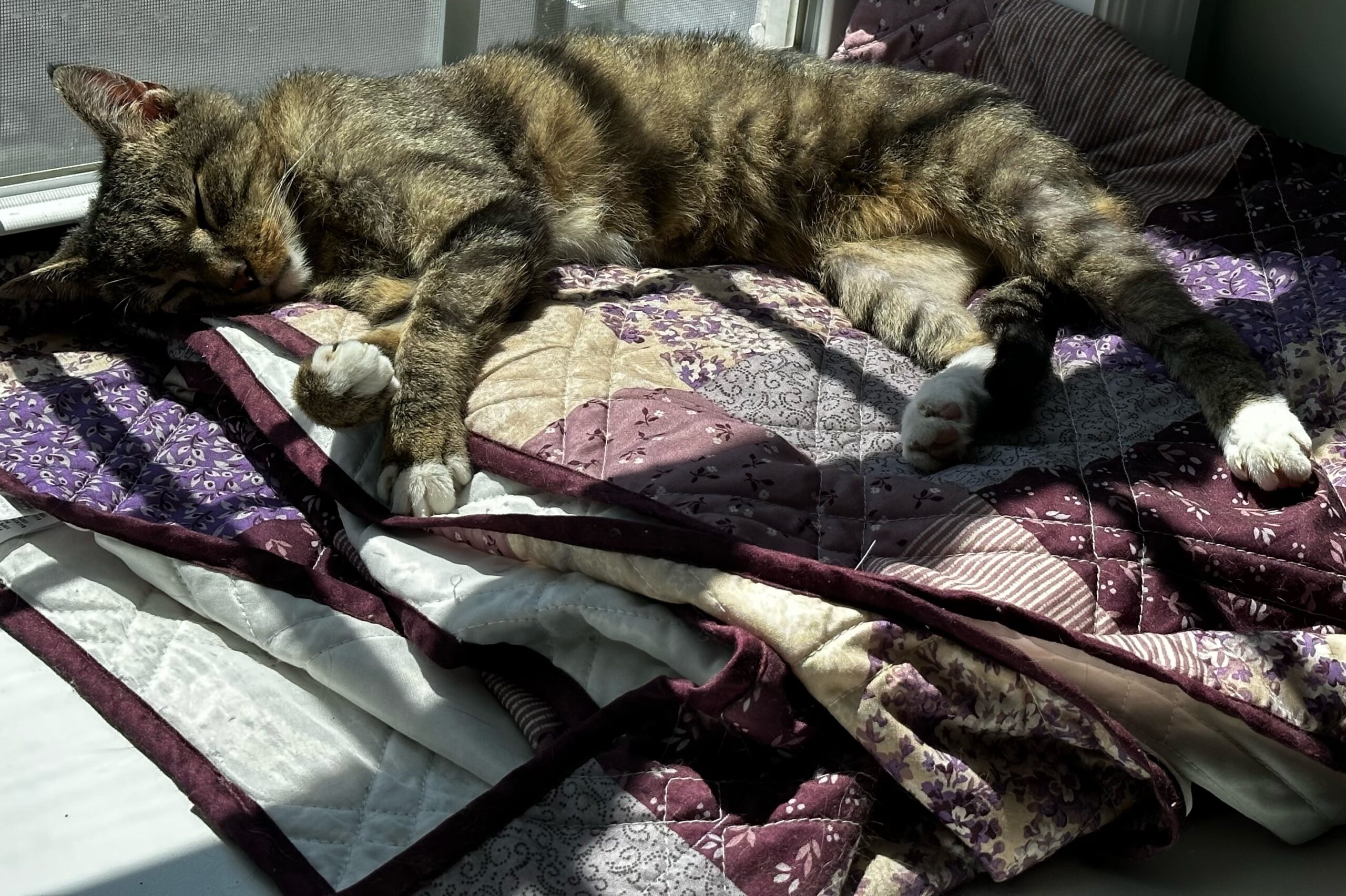
And 6 months after surgery, his owner wrote: “He’s doing absolutely wonderful! He can walk, run and jump just like he used to. We’ve seen no discomfort from him at all with it. I truly can’t express how grateful we are to you all!”
If you would like to learn how we can help your pet with safe surgery and anesthesia, please contact us through www.HRVSS.com
Never miss a blog by subscribing here: www.HRVSS.com/blog
Phil Zeltzman, DVM, DACVS, CVJ, Fear Free Certified
Pete Baia, DVM, MS, DACVS

